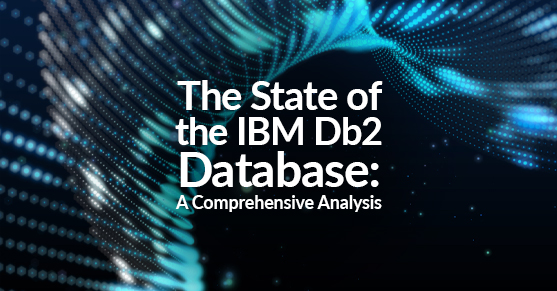The IBM Db2 Database is a relational database management system (RDBMS) developed by IBM in the 1980s. Since then, it has become one of the most widely used databases in the world. In this article, we will explore the history of the database, its current state, and its future prospects.
History
The development of the IBM Db2 Database began in the late 1970s, and the first release was in 1983. The database gained popularity due to its scalability, high performance, and support for various operating systems. Over time, IBM continued to develop and improve the database, adding new features such as support for SQL and object-oriented programming. Today, the Db2 Database is used by businesses and organizations across various industries, including healthcare, finance, and government.
Comparative Analysis
Compared to other similar databases in the market, the IBM Db2 Database offers several advantages and disadvantages. On the one hand, it provides a user-friendly interface, making it easy to use for those with little or no technical expertise. Additionally, it offers strong support for large amounts of structured data, making it ideal for handling complex datasets. However, the downside of the Db2 Database is that it can be costly to implement and maintain, especially for small businesses with limited resources.
In terms of functionality and performance, the Db2 Database is highly robust, offering a wide range of features such as support for XML data, stored procedures and triggers, and parallel processing. It also offers high levels of security, with features such as encryption, auditing, and access controls. However, some users have reported that the database can be slower than other similar databases when handling certain types of queries.
User Adoption Rates
Despite its age, the IBM Db2 Database continues to enjoy widespread adoption, particularly among larger enterprises and organizations. According to IBM, the Db2 Database is used by over 80 percent of Fortune 500 companies. This indicates that the database is still a reliable and trusted solution for businesses that require scalable and secure database management systems.
Industry Analysis
According to a report by MarketsandMarkets, the global relational database management system market is expected to grow from $9.07 billion in 2020 to $18.49 billion by 2025 at a compound annual growth rate (CAGR) of 15.3 percent. This growth is fueled by the increasing demand for data-driven business operations across various industries.
Future Trends
Looking ahead, the IBM Db2 Database is expected to continue to play a significant role in the database management industry. However, it will face competition from newer databases such as NoSQL and cloud-based databases. To stay relevant, IBM will need to continue to innovate and improve the Db2 Database, offering features such as improved performance, scalability, and cost-effectiveness.
Is the IBM Db2 Database Dead?
Based on the analysis above, we can conclude that the IBM Db2 Database is not dead. While it faces competition from newer databases and may be costly to implement and maintain, it remains a widely used and trusted solution for businesses that require scalable and secure database management systems. The future of the Db2 Database will depend on IBM’s ability to innovate and improve the product to meet the changing needs of businesses and organizations.
For more information, please contact us!

